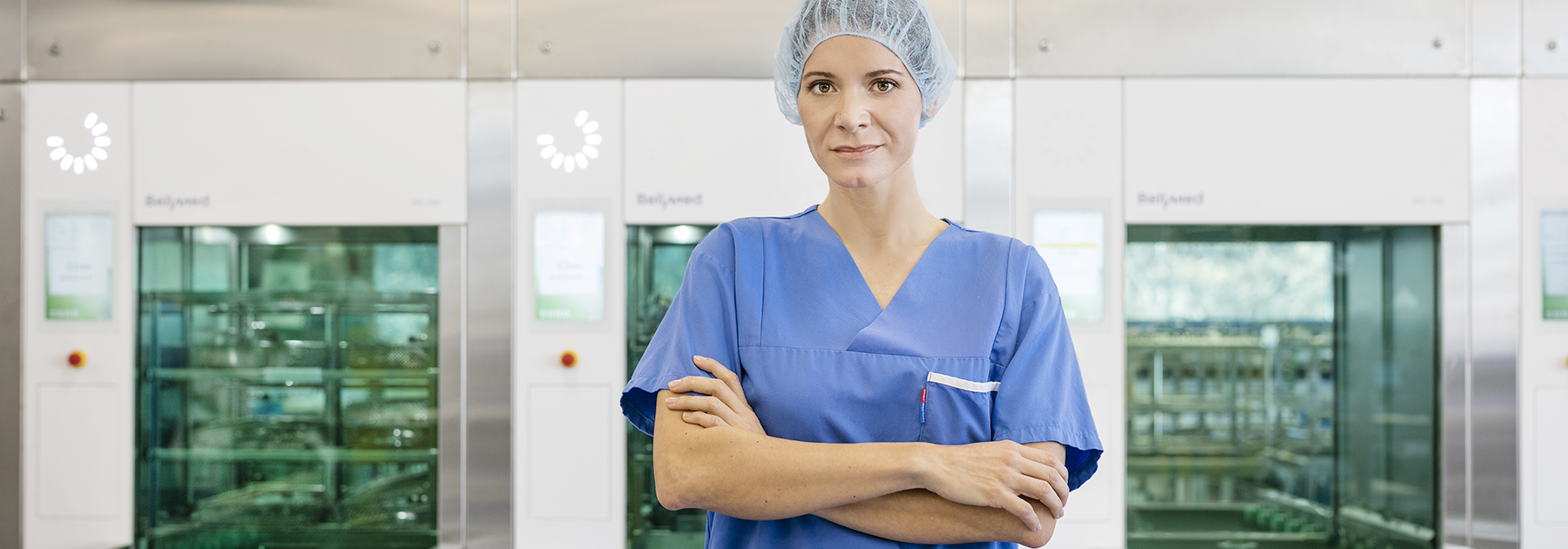Defining the Decontamination Process: Cleaning & Disinfection
Adhering to a decontamination process in healthcare is imperative for patient safety and ensuring risk of infection is abated. Decontamination is a broad term used to describe methods utilised to mitigate microorganism contamination to a level where risk of transmission is improbable. Cleaning and disinfection fall into methods used throughout the decontamination process, although their respective level of decontamination is situation dependent.
What is Cleaning?
Cleaning is the first step in the decontamination process, this is described as the physical removal of foreign soiled material. This will generally be carried out with water, detergent and/or an enzymatic detergent blend. Enzymes act as a catalyst in the cleaning process, increasing the speed of this biochemical reaction between soiled material, (typically composed of a majority of proteins) and protease enzymes that specifically target this debris to break it down. After this process, surgical instruments and equipment can move onto the disinfection stage.
What is Disinfection?
Disinfection is the eradication of a majority of pathogenic microorganisms which significantly reduces the level of contamination, with the exception of bacterial spores that subsist chemical disinfection. Disinfection methods can be classed into the following 3 levels of disinfection.
1. Low-Level Disinfection
At this level of disinfection, most vegetative organisms, some fungi, and viruses are destroyed. However, this level of disinfection does not denature M.Tuberculosis. Sanitisers are also commonly grouped under this level of disinfection.
2. Intermediate Level Disinfection
Intermediate level disinfection kills vegetative microorganisms including M.Tuberculosis, all types of fungi, and inactivates most viruses.
3. High-Level Disinfection
This type of high-level disinfection kills all vegetative microorganisms, including M.Tuberculosis, all fungi, inactivates viruses, and some bacterial spores but small amounts may still remain.
Following the decontamination process is vital in managing safe infection control practices and achieving disinfection efficacy.
To read more about classifying the decontamination cycle, click here.

